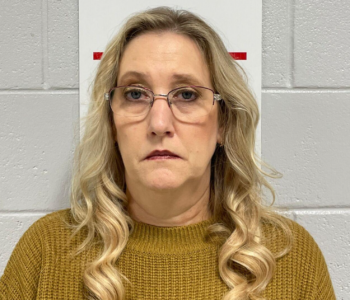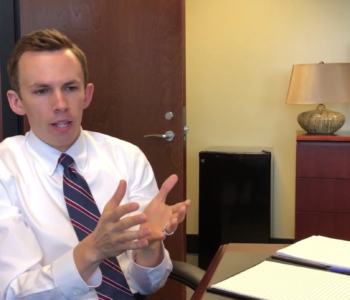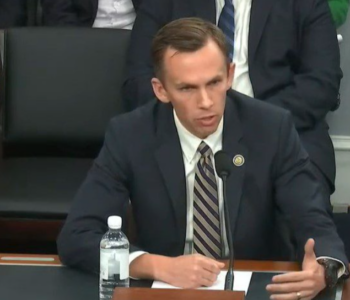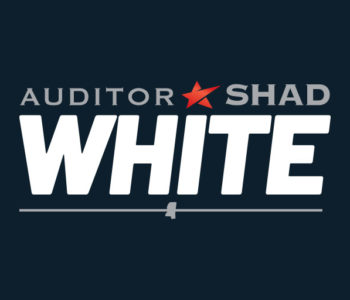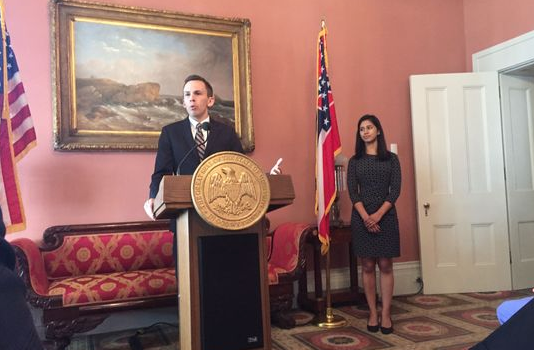 News
News
Mississippi schools administrative spending costs teachers, state auditor says
A review of school district spending from 2007-2017 released by Mississippi Auditor Shad White’s office Tuesday, finding that administrative spending has increased from $822 million to $968 million or by more than 17 percent over the past decade, will likely bolster the finger-pointing.
The report also said that non-instructional spending increased from $1.3 billion to $1.4 billion or by more than 10 percent during the same time period.
It also asserts that school systems could boost teacher pay by more than $11,000 if both categories of spending had remained frozen at their respective 2007 budget year levels.
That influx would be enough to push the state’s average teacher salary past the Southeastern average of about $51,000. Mississippi teachers on average earn $44,659, according to the state Department of Education. That figure is likely to fluctuate after a $1,500 teacher pay raise goes into effect, starting July 1.
A spokesman for White says the auditor’s office began its review in October. But the report’s release comes amid sparring over the state’s $1,500 teacher pay raise signed into law by Gov. Phil Bryant on Tuesday.
“Our hope is that all education policy makers, including local officials, read the report and reevaluate how we are spending non-instructional dollars,” White said in a statement.
Nancy Loome with the Parents’ Campaign called the report “an egregious misrepresentation of the facts.”
School districts typically derive their funds from local, state and federal tax dollars; the auditor’s report includes revenue from all three sources.
Loome questioned the inclusion of federal funds, often attached to restrictive spending guidelines, in the report, as the U.S. Department of Education bars districts from replacing state and local dollars with federal funds.
“This is not an audit, this is a political hit piece,” Loome told the Clarion Ledger. “The fact that Mr. White repeatedly references teacher pay raises makes it clear that this is a desperate attempt by elected officials to deflect attention away from the thrashing they are getting over their failure to come through with a meaningful pay raise for teachers.”
Although the growth of administrative and non-instructional spending has outpaced funding increases for instruction, spending for instructional support has increased by 20.26 percent since the 2007 budget year.
A key argument in the report’s analysis is that spending growth has continued while enrollment in the state’s public schools has declined.
In recent years, state political leaders have embraced belt-tightening by merging rural school systems and criticizing the spike in outside-the-classroom spending.
Superintendents and public school advocates often push back that spending for instruction and classroom support, comprises the lion share of district budgets.
On average districts dedicated roughly 83 percent of their budgets to the classroom during the 2018 school year, according to a report from the state Department of Education. The review also found administrative spending accounted for 11 percent of districts’ spending.
